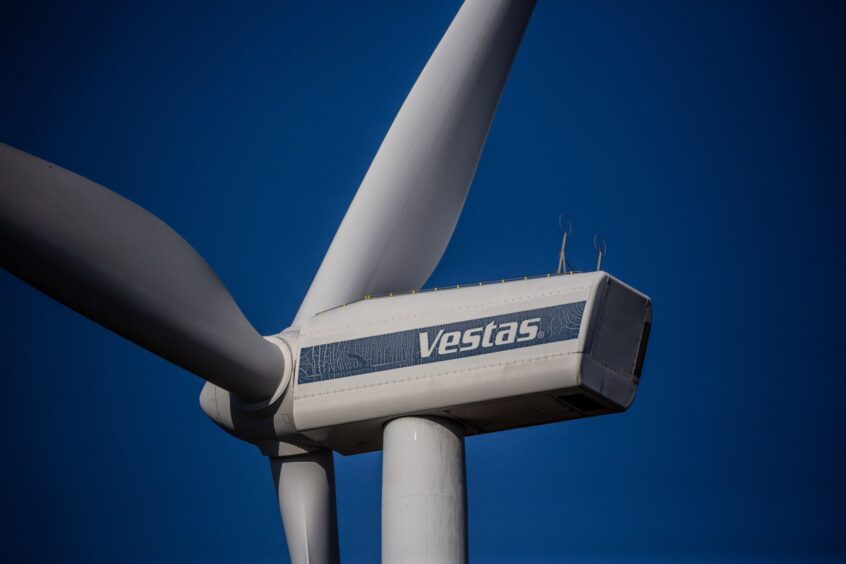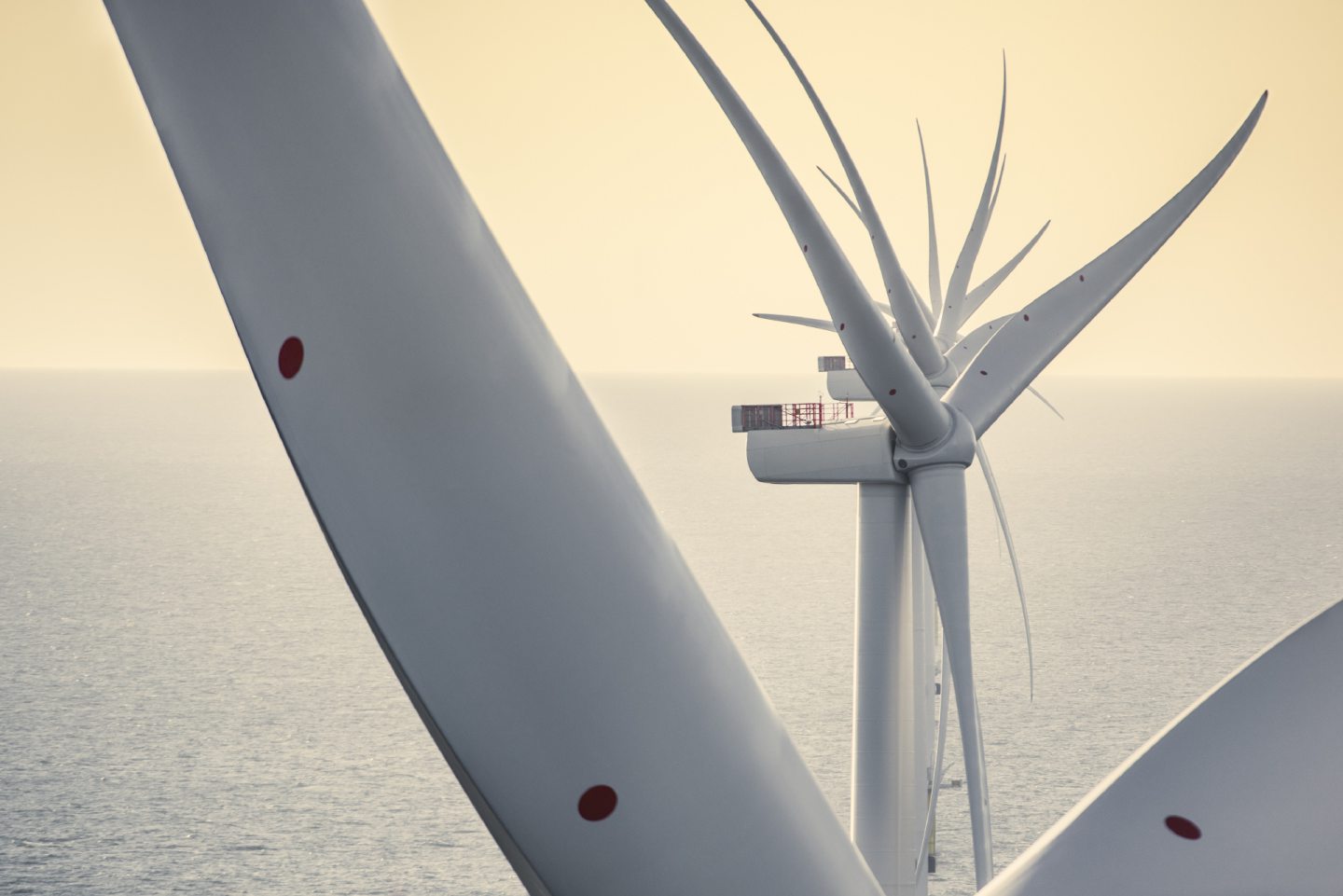
Henrik Andersen is no stranger to crisis. A decade ago turbine maker Vestas Wind Systems A/S (CPH:VWS) was in trouble when governments pulled back subsidies for renewable power.
Andersen was brought in as a board member in 2013, following a record loss in the year prior. He helped restructure the company and returned it to profitability.
He’s at it again. Soon after Andersen was made chief executive in 2019, the global wind industry was plunged into chaos following the pandemic. Soaring costs and supply chain disruptions caused Vestas to lose more than $1 billion in 2022. Andersen was forced to raise prices of Vestas’ wind turbines, reversing a years-long trend of decline, which helped the company get back to profitability last year.
That doesn’t mean new difficulties won’t arise. “The industry is still developing into a maturing industry,” Andersen said on Bloomberg Green’s Zero podcast. “We are building scale and as long as there is not that maturity then you always will fight around the next project.”
Wind energy investment
Still, it’s a strange thing to say when the wind industry, which has been growing since the 1980s, has never been bigger. BloombergNEF estimates investments hit a record $217 billion last year, up nearly 50% from five years prior.
And wind turbines have never been more important. Today wind power makes up less than 10% of the global electricity mix, but BNEF models suggest that share will need to rise to more than 30% by 2050 if the world is to avoid the worst effects of climate change.
That’s an enormous task. Despite that challenge, Andersen says wind power doesn’t require as much government support as most people think. That’s because, in many cases, a new wind farm is cheaper in the long term than a fossil-fuel alternative.
“When we talk about the electricity coming from wind, the government always labels it as a subsidy,” Andersen said. “We should just talk about it as a price of electricity rather than a subsidy.”
In Germany, Europe’s biggest power market, the lifetime cost of a new onshore wind farm is lower than a gas plant, according to BNEF data. It’s a similar picture for onshore wind power across Europe and even in markets as different as Brazil, India and the US. Pricier offshore wind farms off the German coast can also be cheaper than the gas alternative.
Still, wind power producers used to offer a promise of declining prices, not just a hedge against rising ones. While it might be cheaper to build and run a new wind farm than a new gas plant, it may still be more expensive when compared with existing fossil fuel-based generation.
That doesn’t change the long-term outlook for the wind industry as the global economy continues to transition to clean energy, according to BNEF wind analyst Luisa Amorim. While some projects that governments were planning to build this decade may be delayed, “the forecast for growth in the wind industry hasn’t change,” she said.
Recommended for you

 © Supplied by SSE Renewables
© Supplied by SSE Renewables